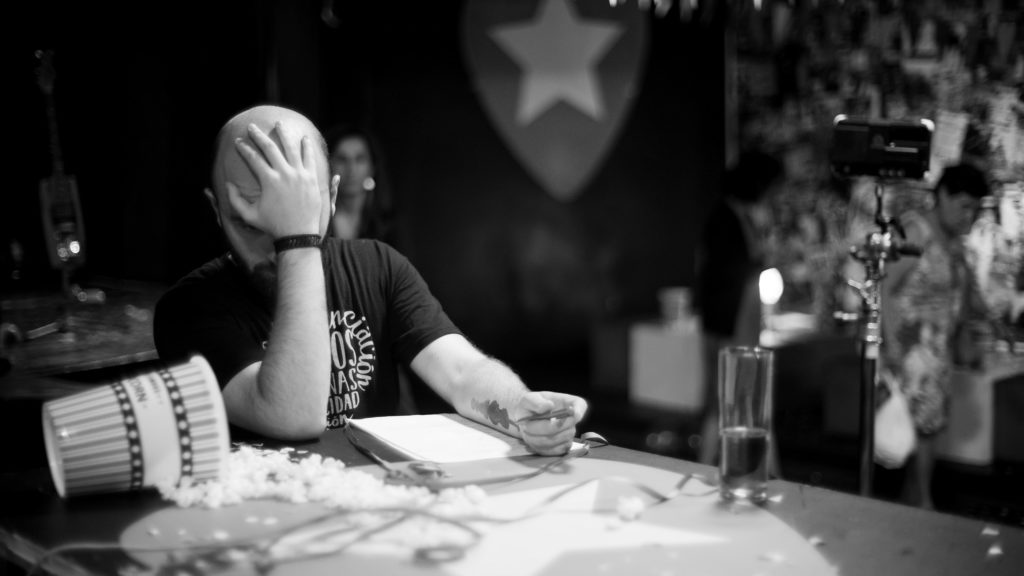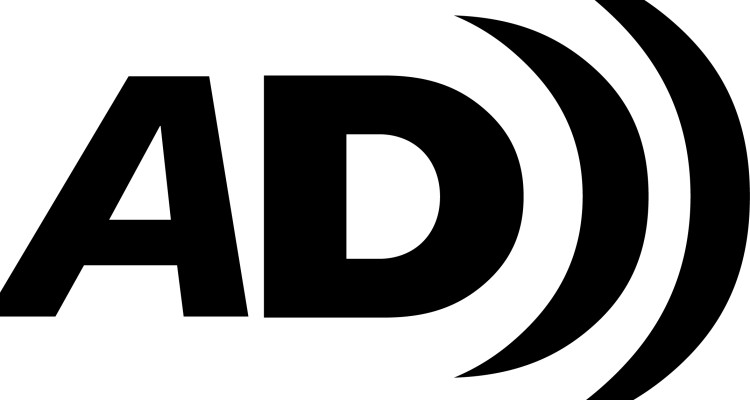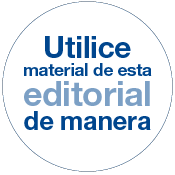4: ANSWERS AND MORE QUESTIONS
Imagine we were going to shoot a movie and nobody from the team would communicate with each other. The actors would not get the script; the cinematographer would not know how the director designed the sequences… we would just meet the day of the shooting and shout: Action!
What a nightmare!

Planning is mandatory while creating a film, and regarding audio description (AD) and subtitles for the Deaf or Hard-of-Hearing (SDH) we could do better.

-A NEW START-
The most important issue we are dealing with right now is to initiate the process of accessibility from the very start of the film’s creation.
As the scriptwriter thinks about the music while writing the story, as the producer tries not to forget about the project’s distribution during pre-production time…
Anticipating the team’s needs really helps.
Accessibility companies need to be included early on in the production process in order to give the best they can. If we keep making accessibility adaptations at the final stage of the movie process rather than earlier on and in collaboration with the creators, we will continue to risk hampering the disabled person’s enjoyment of the movie experience.

-MY EXPERIENCE AS AN AUDIO DESCRIPTOR-
While I was checking the audio description guides and recommendations which are followed by Spanish accessibility companies, another accessibility improvement came to my mind.
I noticed that only one audio description (AD) style guide is available and it is applicable to all movies regardless of genre. This kind of uniform approach is inappropriate if you consider that the same descriptive style is to be used for both cartoon and horror movies.
Such a broad application of language diminishes the feeling and identity of each and every individual artistic work. On the other hand, the AD style guides from France, UK, USA and Germany all profess a different understanding of how to make these adaptations. The rules to create AD’s and SDH’s have been developed externally, without taking creators, authors and producers into account.
Another matter is the audio descriptor’s adhering to these guidelines: They are left to their own devices. This reinforces the point I made earlier: Accessibility is not a real concern in the film industry; it has not yet been organically integrated into the film industry’s DNA.

As you may have noticed, my thoughts and ideas do not only derive from my studies and investigations, but from my deep immersion into the world of movie-making. I was the one to create XMILE’s AD and SDH. During the process, as the film’s scriptwriter and director, I started to feel constricted by the AD’s guidelines. At times, I felt I had no other option than to go rogue.
Because… what really is the goal of accessibility and inclusion?
To follow some rules to simply create generic audio descriptions? Or to offer accessible tools that provide a cinematic experience as accurate as possible to the one intended by its authors?
What if these rules only existed to be broken when we were ready to take a step further and to really work towards including more people in cultural activities?








